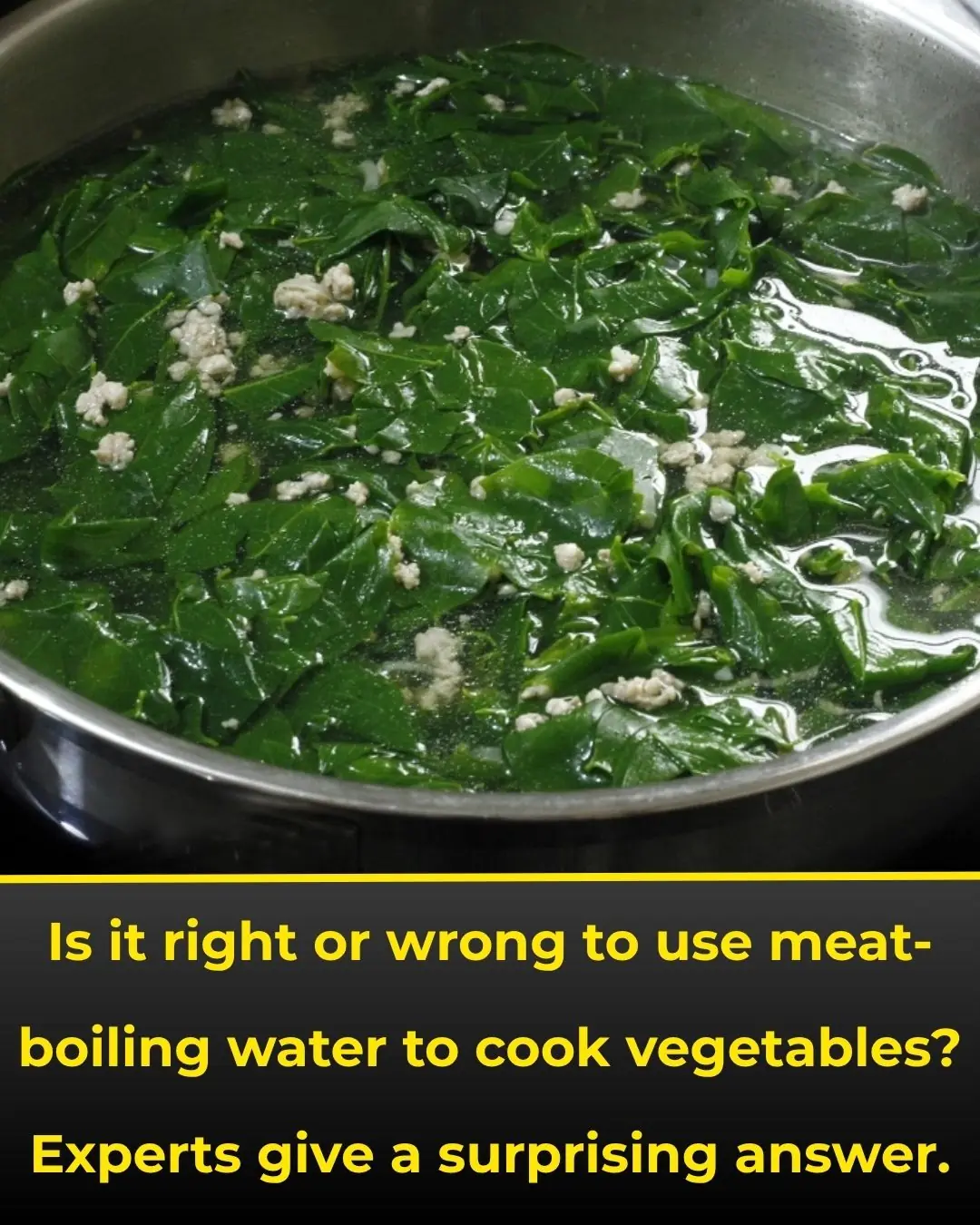
The World’s Healthiest Vegetable, Rated #1 by the U.S. CDC — and It’s Abundant in Vietnam
It’s a staple in Vietnamese family meals — simple, crisp, and peppery — yet this humble leafy green has been crowned the most nutrient-dense vegetable on Earth by American health experts.
We’re talking about watercress (Nasturtium officinale), a plant that has quietly earned the title of “the king of superfoods” thanks to its exceptional nutritional power and disease-fighting potential.
🏆 Watercress Tops the CDC’s Global Nutrition Ranking
According to the U.S. Centers for Disease Control and Prevention (CDC), watercress ranked #1 with a perfect score of 100/100 in its “Powerhouse Fruits and Vegetables” (PFV) study — a scientific ranking based on the nutrient density of 41 common fruits and vegetables (CDC, 2014).
The evaluation was based on 17 essential nutrients critical for preventing chronic diseases, including vitamins A, B6, B12, C, D, E, K, calcium, iron, potassium, zinc, protein, fiber, folate, thiamine, riboflavin, and niacin.
Trailing behind watercress were heavyweights like Chinese cabbage, chard, and spinach — but none could match its nutrient-per-calorie density.
“If there were such a thing as a perfect vegetable, it would probably be watercress,” wrote Dr. Jennifer Di Noia, the CDC researcher behind the landmark study.
🌿 Six Scientifically Proven Health Benefits of Watercress
1️⃣ Dense Nutrition, Minimal Calories
Watercress is loaded with vitamins K, A, and C, as well as minerals like magnesium, calcium, and potassium — all crucial for strong bones, nerve function, and immunity.
And the best part? It’s extremely low in calories.
According to Harvard Health (2023), three cups of watercress provide over 50% of your daily vitamin K and C needs — all for fewer than 10 calories. That makes it ideal for weight control and detox diets.
2️⃣ Strengthens the Heart and Circulatory System
Rich in nitrates and antioxidants, watercress helps relax blood vessels, lower blood pressure, and protect arteries from inflammation.
A 2022 study in the Journal of Nutrition and Metabolism found that regular watercress consumption improved vascular elasticity and reduced markers of oxidative stress in adults with mild hypertension.
The vegetable’s naturally occurring nitrates convert into nitric oxide, a compound that enhances blood flow and reduces the risk of atherosclerosis.
3️⃣ Cancer Prevention Potential
One of the most striking findings about watercress is its anti-cancer activity.
The plant contains glucosinolates, which, when chewed or digested, release isothiocyanates — bioactive compounds that suppress tumor growth and deactivate carcinogens.
Research published in The American Journal of Clinical Nutrition (2016) showed that consuming 80 grams of raw watercress daily significantly increased the body’s antioxidant capacity and reduced DNA damage in blood cells — a key step in preventing cancer initiation.
The effects are especially noted for lung, colon, and breast cancers.
4️⃣ Supports Hormonal and Nervous System Balance
Watercress is a natural source of B vitamins, calcium, and magnesium, which work together to regulate hormone production and nerve communication.
This makes it particularly beneficial for women experiencing PMS or perimenopausal symptoms, helping stabilize mood and reduce fatigue.
5️⃣ Detoxifies and Protects the Liver
Sulfur-containing compounds in watercress — particularly phenethyl isothiocyanate (PEITC) — stimulate liver enzymes responsible for detoxification.
The National Institutes of Health (NIH, 2022) reported that watercress extract enhances the body’s ability to neutralize toxins and heavy metals, supporting natural cleansing pathways.
This process also contributes to better digestion, clearer skin, and stronger immune defense.
6️⃣ Promotes Radiant Skin and Slows Aging
Thanks to its rich supply of vitamin C, beta-carotene, and lutein, watercress boosts collagen synthesis and helps maintain skin elasticity.
In a clinical trial by the Journal of Cosmetic Dermatology (2021), participants who consumed watercress juice daily for 8 weeks showed measurable improvement in skin hydration, tone, and reduction of fine lines.
It’s essentially a beauty treatment — from the inside out.
⚠️ Important Health Precautions
While watercress is a superfood, moderation and preparation matter.
-
Don’t overconsume raw watercress. Eating it in large quantities can irritate the stomach. The recommended intake is around 100 grams, once or twice a week.
-
Avoid eating on an empty stomach. Its peppery taste and mild acidity may cause discomfort.
-
If you take anticoagulants (like warfarin), consult your doctor — high vitamin K content can interfere with blood-thinning medication. (Cleveland Clinic, 2023)
-
Wash thoroughly and blanch before eating raw. Watercress often grows in moist, shallow water, which can harbor bacteria or parasites.
-
Pregnant women should consume moderately. While cooked watercress is safe and nutritious, too much raw watercress in the first trimester may mildly stimulate uterine activity.
🌎 From Vietnamese Wet Markets to the World’s Health Rankings
In Vietnam, watercress grows abundantly in rural ponds and rivers — sold in local markets for just a few thousand dong a bunch. Yet in Western health circles, it’s being rediscovered as a luxury supergreen, rivaling kale and spinach.
“It’s one of the rare vegetables that combine medicinal tradition and scientific validation,” notes Dr. Mark Hyman, author of Food: What the Heck Should I Eat?
Whether you enjoy it in soups, salads, or stir-fried with garlic, watercress proves that the world’s most powerful medicine sometimes grows right in your backyard. 🌱
News in the same category


8 Plants Snakes Hate: Grow These Around Your Home to Keep Them Away Naturally
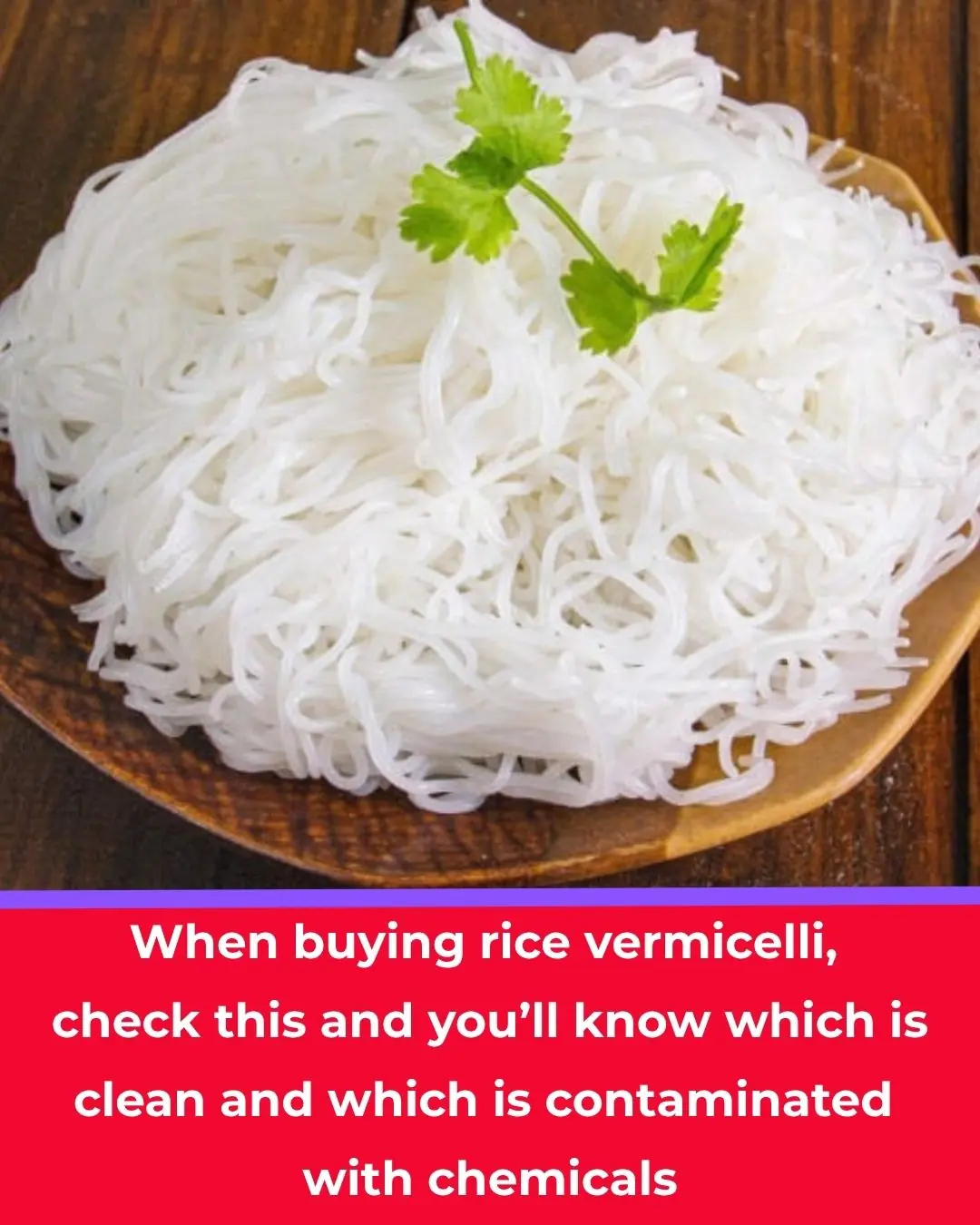
How to Tell If Your Rice Noodles Are Safe — The Simple Clue That Reveals Hidden Chemicals
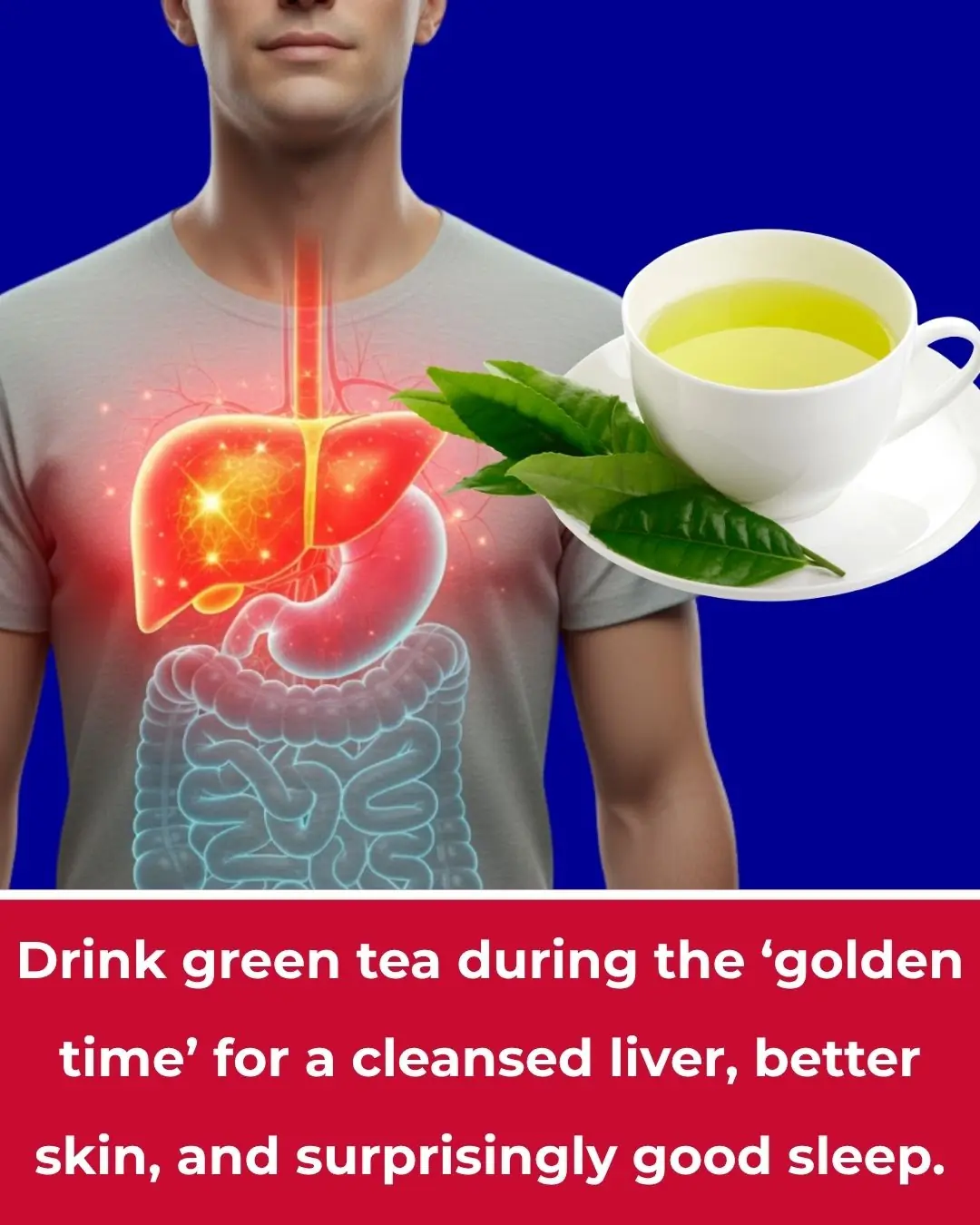
The 3 Golden Times to Drink Green Tea — Boosting Both Health and Beauty
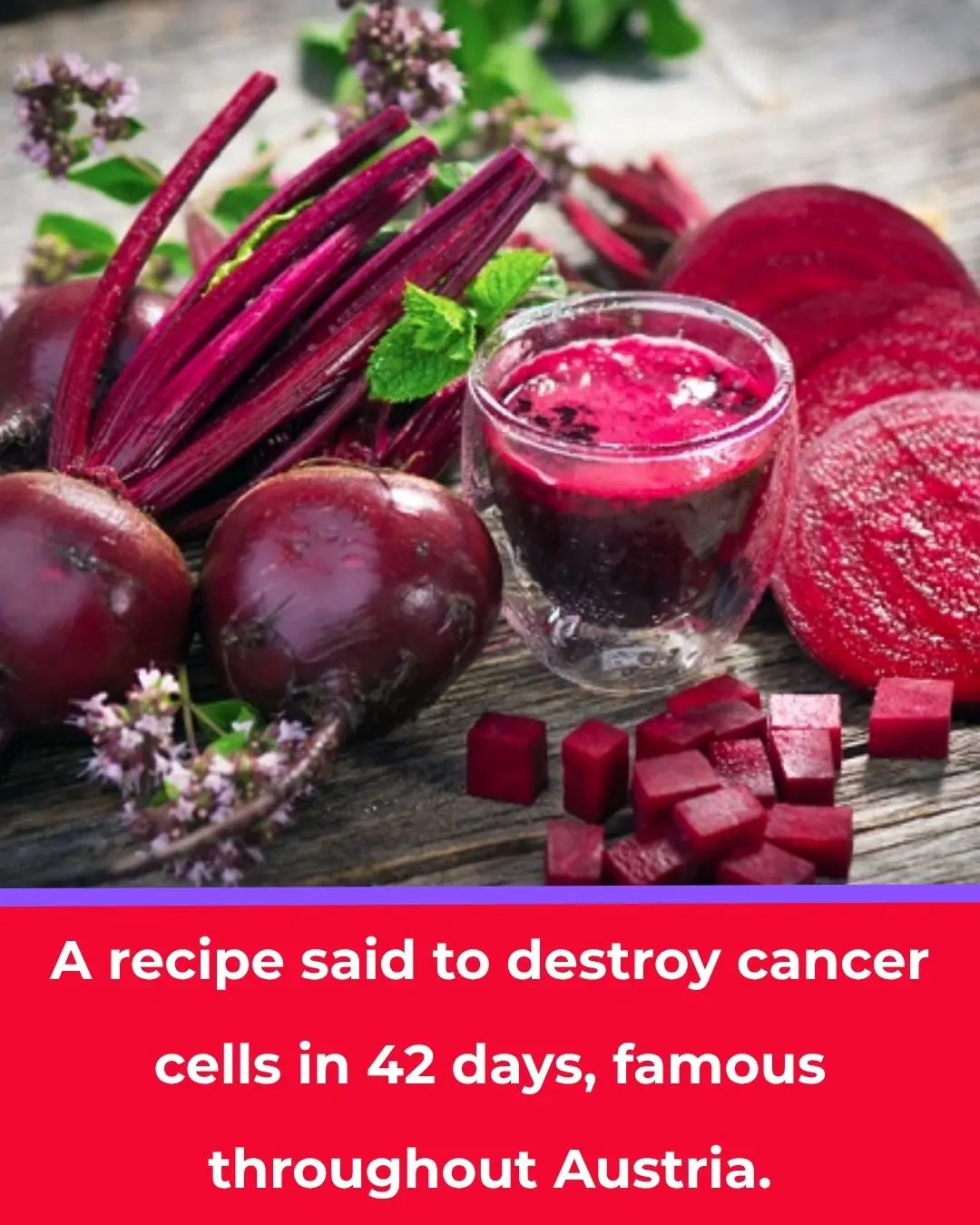
The Famous 42-Day “Breuss Juice” Diet from Austria: Origins, Recipe, and What Science Says
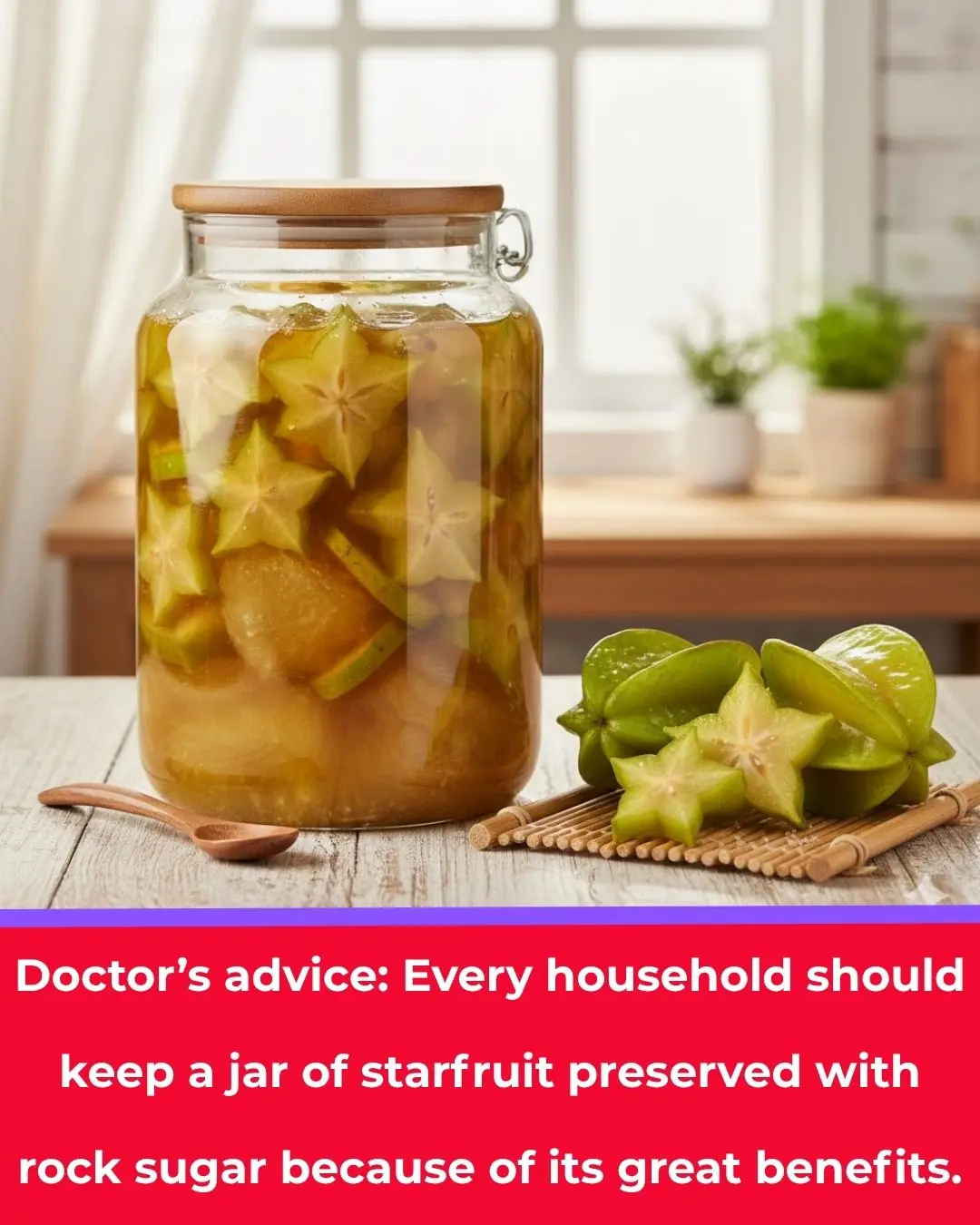
Why Your Neighbor’s Jar of Starfruit in Rock Sugar Might Be a Hidden Health Remedy
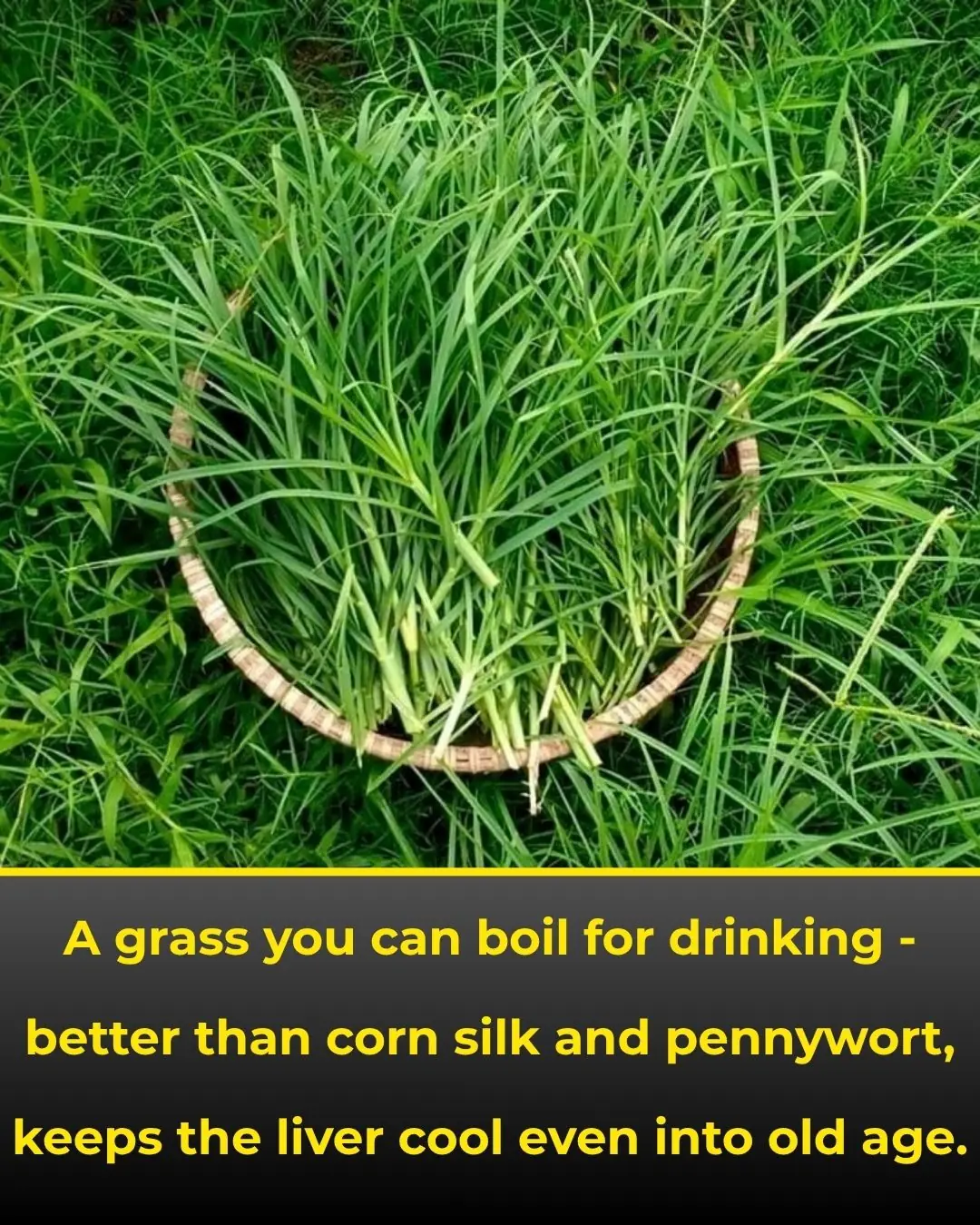
The Medicinal Properties of Eleusine indica (Goosegrass) in Traditional and Modern Medicine

‘This Man Can’t Do Nothing Right’: Jonathan Owens’ Steamy On-Field Video with Simone Biles Has the Internet Divided as Fans Rush to Their Defense

Serena Williams Becomes Part Owner of Canada’s First WNBA Team, Toronto Tempo

Meet The Woman Who Single-Handedly Preserved Over 30 Years Of TV History

Ohio Couple Adopts Two Sets Of Twin Siblings Who Were Separated In The Foster Care System

Brooklyn Man Transforms Wasteland Into Community Garden, Distributing Over 10,000 Pounds Of Food

Meet The Founder Of The First Black-woman Owned Electric Vehicle Recharging Station

Meet The Owner Of The First Black Woman-Owned Winery And Tasting Room In Alameda County, California

Why Electric Kettles Are Rare in Western Homes — Despite Their Convenience

Should You Throw Toilet Paper in the Trash or Flush It?

7 Subtle Health Problems That Could Be Early Warning Signs of Cancer

‘Learn How to Drive!’: Connecticut Karen Embarrasses Her Husband and Herself Over Parking Spot That Was Never Blocked

Meet Demi Johnson, the Teen Scientist Helping Restore Oyster Reefs in Mississippi
News Post
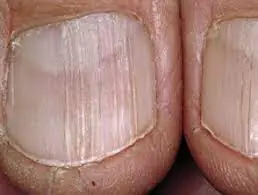
Vertical Nail Ridges? Here’s What Causes Them — and How to Fix It

The Unseen Heroes: A Rescue Dog's Loyalty That Saved My Life

Barrett’s Miracle: A Journey of Faith, Strength, and Prayer

A Farewell to a Friend and His Passion for Music

Top 5 Nutrients to Reduce Swelling in Feet and Legs

A Rare Encounter: The Moment a Mountain Lion Meets a Baby

Stray Cats Bring a Bitcoin Mine to a Standstill — And Melt Hearts in the Process

If you sleep with socks on, see what happens

Each Tooth Is Connected to an Organ in the Body – How Tooth Pain May Reveal Hidden Health Problems

Dominika’s Fight for a Childhood Without Pain

Why There's A Growing Trend Of Straight Men Dating Trans Women

Michalinka’s Fight for Life: A Tiny Body, a Giant Spirit

A Miracle in the Making: Baby Harlan’s Fight for Life

From Tragedy to Triumph: The Unbreakable Spirit of Janey Carter

A Battle of the Wild: The Confrontation Between a Raging Elephant and a Baby Hippo
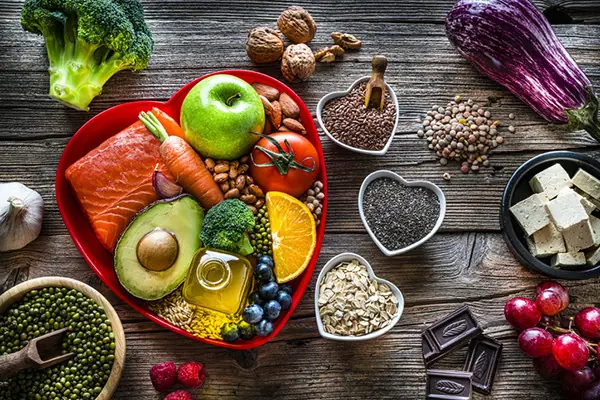
7 Heart-Healing Foods Your Cardiologist Won’t Tell You About

Never Clean Your Light Switch with Water: Here’s a Trick to Make It Spotless

Bad Habits After Doing Laundry That Can Make Your Whole Family Sick! Many People Overlook This Detail

Don’t Throw Away Your Used Balm Jar – Here’s a Super Useful Way to Reuse It That Every Family Needs
